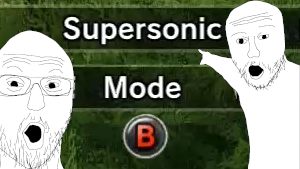
Esc – exit insert mode switch to command mode.ea – insert text at the end of the word.O – open a new line above the current one.o – open a new line below the current one.a – switch to insert mode after the cursor.I – insert text at the beginning of the line.i – switch to insert mode before the cursor.L – move to the bottom of the screen (L=low).M – move to the middle of the screen (M=middle).H – move to the top of the screen (H=high).Ctrl + i – move forward through the jump history.Ctrl + o – move backward through the jump history.Ctrl + y – move screen up one line (without moving the cursor).Ctrl + e – move screen down one line (without moving the cursor).Ctrl + f – move forward one full screen.The following commands are used as a quick way to move within the text without scrolling. On the other hand, in the third bullet, the ^ key moves the cursor to the hyphen (the first character in the line). In the first bullet, the command moves the cursor to the blank space before the bullet. To illustrate the difference between 0 and ^, take a look at the following example.


You can move the cursor within a file by single characters, words, tokens, or lines.Īccording to Vim, a word can be a group of letters, numbers, and underscores.


 0 kommentar(er)
0 kommentar(er)
